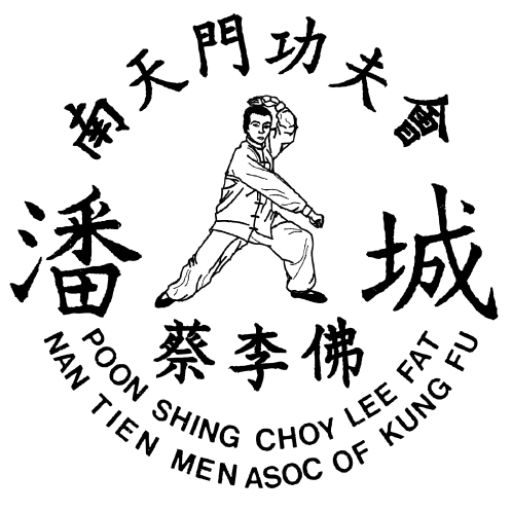O Tai Chi, also known as Taijiquan, is a traditional Chinese practice based on the concept of “Qi” or “vital energy”, which aims to improve physical and mental health, helping to regulate emotions and the mind, harmonizing the body's energy.
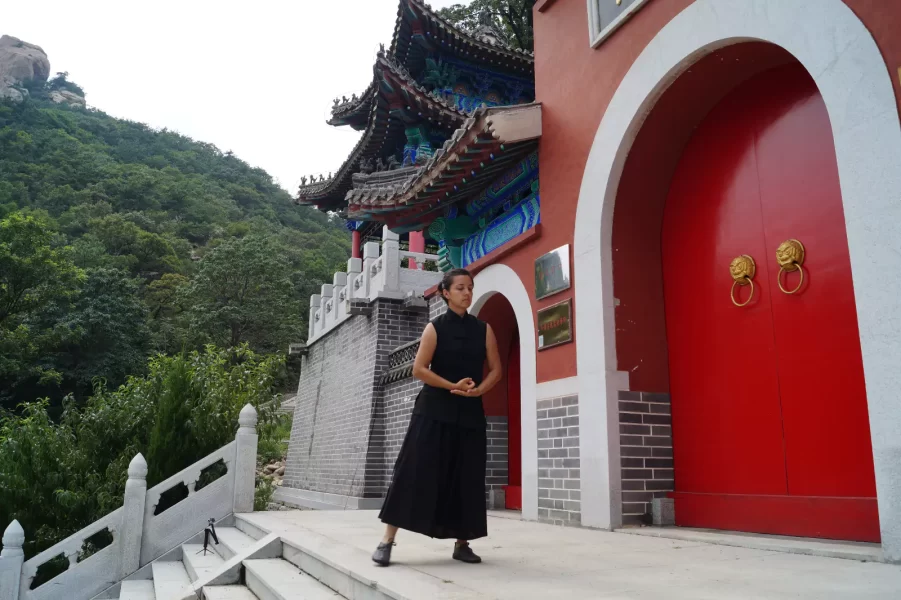
Incorporating gentle movements, breathing control exercises, and meditation techniques
The term “Tai Chi” means “ultimate supreme fist”, “limitless fist”, “ultimate supreme fist” or “fist of maximum extremes”. This art form is practiced for both defense and health maintenance. It is the internal form of the Chinese martial art. The word T'ai chi ch'uan / Taijiquan is formed by the combination of three hanzi: T'ai – supreme, great, great / Chi – last, extreme, and Ch'uan – fist, boxing.
The name Tai Chi is a philosophical term, and the earliest recorded use of the term is in the “Book of Changes,” written 3,000 years ago during the Zhou Dynasty.
The actual origins of Tai Chi as a martial art technique are undetermined. However, some currents consider Chang San-Feng as the founder. He was born around midnight on April 9, 1247. He studied in different ways the Buddhist martial art Shao-Lin, developed by the Buddhist monk Da-Mo to train weak monks. Shao-Lin was developed based on Yin-Gin Ching (perhaps in the West better known as “The Muscle/Tendon Changing Classic”) and Hsi-Swi Ching (“Marrow Cleaning Classic”).
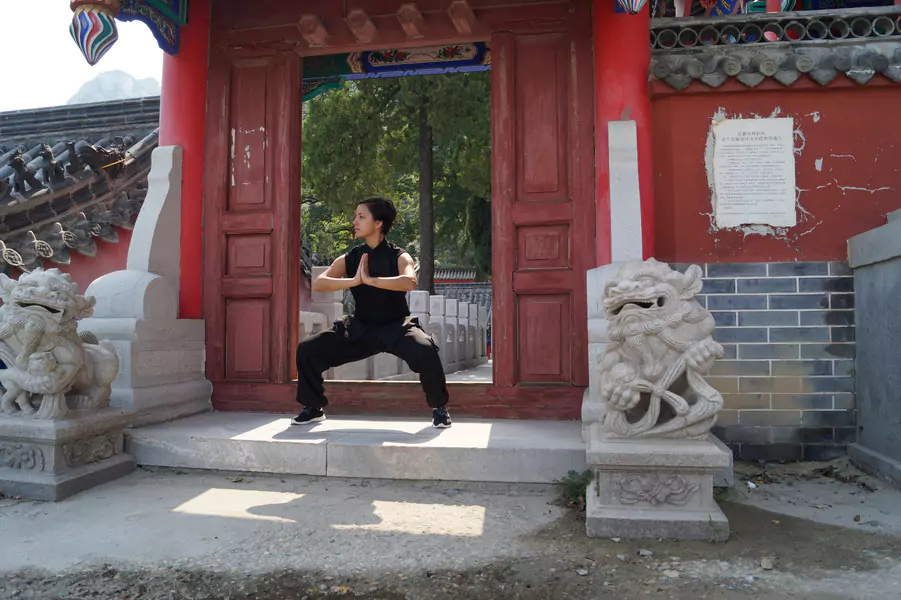
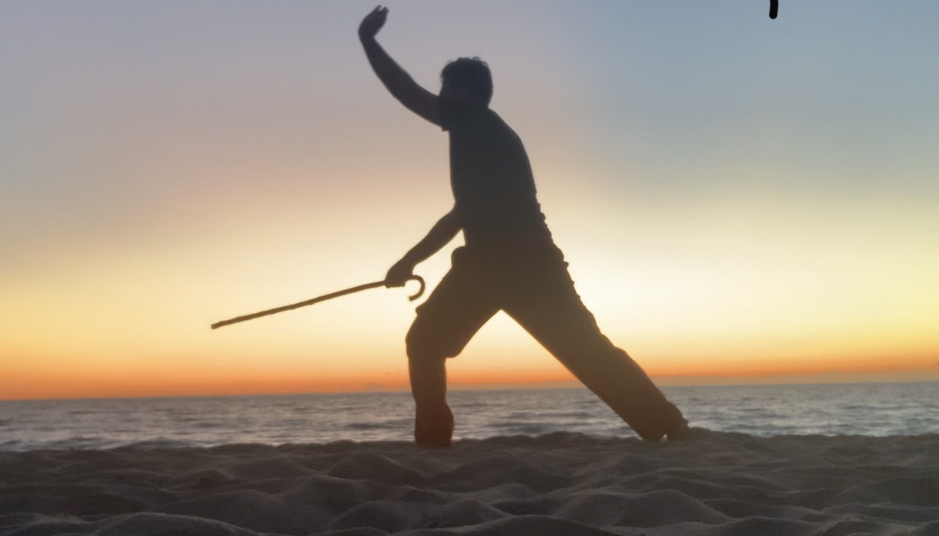
Another source is the discoveries made by Master Hao. In 1930, Tang Hao (1897-1959), a famous martial arts master, located in his investigations Chen Wangting, from Wen County, Henan Province, as the true author of Tai Chi Chuan, based on ancient writings, scrolls, but mainly in the technical similarities between the Wen colonists. Wangting, also known as Zhouting, was a war knight in the late Ming dynasty and early Qing dynasty, known and feared by the people of Shangdong, he passed his knowledge to the Chen families of Chenjiagou, this technique was known as the "pushing" technique. the hands”, passed down since then through generations within the Chen family and now you call Tai Chi Che style.
The inner core of each Tai Chi style is still based on the profound principle of yielding softness on the outside, and strength and power and will on the inside.
Tai Chi Styles:
Chen style.- The Chen style is the original style of Tai Chi created by Chen Wang Ting. The Chen style alternates slow motion movements with short, fast and explosive ones.
Yang Style.- Based on the Chen style and created by Yang Lu Chan, the Yang style is now the most popular style in the world. It consists of continuous smooth, circular movements in a fluid form. To do Tai Chi, you perform a series of postures or movements slowly and gracefully. Each posture flows into the next without pause. All Tai Chi forms include rhythmic patterns of movement coordinated with breathing.
Wu style.- Quan You (1834-1902), a Manchu member of the Beijing Imperial Guard, was the founder of Wu-style Tai Chi Chuan. He learned Tai Chi Chuan from the founder of the Yang style, Master Yang Lu-Chan.
Sun Style.- was created by Master Sun Lutang (1861-1932) of Wanxian County, Hebei Province. This style of tai chi is characterized by brisk steps – forward or backward steps are always followed by the other foot.
Woo Style.- Originally created by Wu Yuxiang (1812-1880) who studied the Chen style in Henan. It is characterized by simplicity, clarity and compactness, with smooth and slow movements. The movements are small, the hand never going further than the foot, with an upright posture and rigorous footwork.
About Chi Kung
Chi Kung, also spelled qigong, is a discipline used to cultivate chi in the human body through meditation, movement, and deep breathing exercises. This practice has a series of health benefits, mainly because it reduces stress. Most people breathe shallowly using the chest and throat, which limits the amount of oxygen and chi that is taken in with each breath. Chi kung, however, teaches the correct method of breathing from the diaphragm to expand the stomach. This increases the amount of oxygen absorbed with each breath. The movement is performed in defined positions, there are no steps or walking transitions, as in Tai Chi and Kung Fu
Benefits of "Tai Chi" and "Chi Kung"
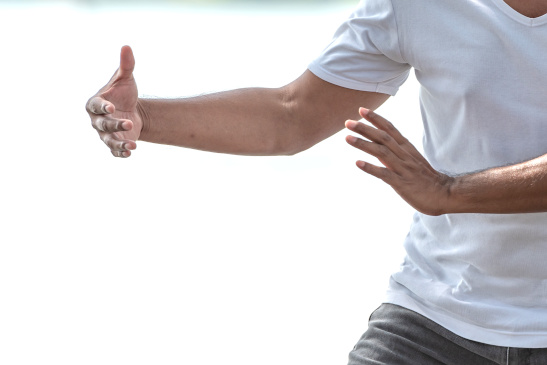
The objective of Tai Chi Chuan is to cultivate, transform Qi – or inner energy – into Shen – or Spirit – in the human being. Tai Chi benefits may include:
- Decreased stress, anxiety and depression
- Improved mood
- Improved aerobic capacity
- Increased energy and endurance
- Improved flexibility, balance and agility
- Improved muscle strengthening and definition
More research is needed to determine the health benefits of Tai Chi. Some evidence indicates that Tai Chi may also help:
- Improve sleep quality
- Strengthen the immune system
- Help reduce blood pressure
- Relieve joint pain
- Improve symptoms of congestive heart failure
- Improve general well-being
- Reduce the risk of falls in the elderly
Tai Chi Basics
Most Tai Chi schools share the same ten basic elements of the style:
Tai Chi posture
Standing Like a Tree (Chi Kung)
Hold the Balloon / Cloud Hands
Centering Step
Single Whip
LEVEL ONE:
7 Basic Steps
24 Patterned Yang Movement Form
Diaphragmatic and Synchronized Breathing # 1
Chi Kung Ba Dua Jing
LEVEL TWO:
Diaphragmatic and Synchronized Breathing # 2
Yang Family Tai Chi Sword Form of 32 Movements
Chi Kung Yi Jin Jing
LEVEL THREE:
Traditional Yang Form of 108 Movements
Yang Family Tai Chi Stick Form
Chi Kung Wu Qin Xi
Scheduling
Schedule a time for a Tai Chi/Qi Gong class
Choose and book your class in advance. Follow our calendar for news, changes and cancellations in an interactive way.
